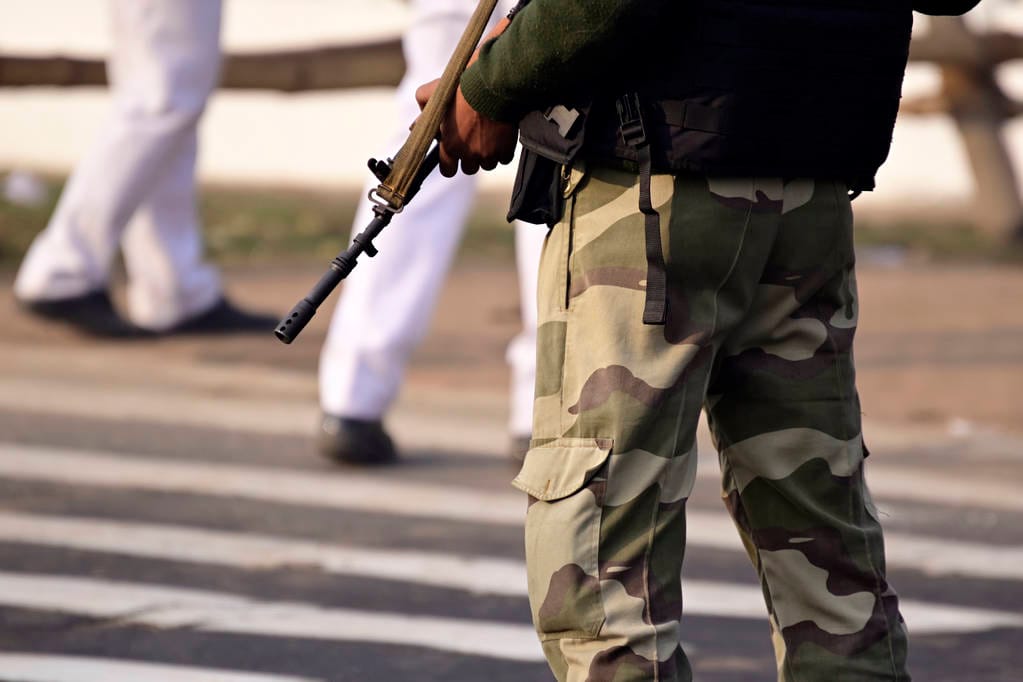In Los Angeles, tensions reached a boiling point as thousands protested against President Trump’s controversial deployment of the National Guard. The protests, which have persisted over several days, were sparked by recent immigration crackdowns resulting in over 100 arrests in the area. Demonstrators faced off with law enforcement, leading to chaos as police employed tear gas and rubber bullets to disperse the crowds. The protests expressed deep unease among residents, particularly in communities heavily impacted by federal immigration policies.
The situation became more volatile as demonstrators blocked a major freeway, clashing with officers and setting several self-driving cars on fire. Such escalations raise questions about public safety and the ongoing tensions between state and federal authorities, especially since Governor Gavin Newsom criticized the National Guard’s deployment as a breach of state sovereignty, a significant action given that it marks the first instance in decades where a state’s National Guard was activated without gubernatorial consent.
This unfolding scenario also highlights a broader conflict over immigration policy and enforcement strategies. Local officials, including Mayor Karen Bass, voiced concerns that the administration’s actions seemed more designed to foster division than to ensure public safety. As Trump simultaneously emphasized a commitment to “law and order,” the discourse around the protests reveals contrasting narratives regarding law enforcement and community safety.
The political implications of these protests are profound for California, particularly in the lead-up to future elections. The backlash against the federal administration might galvanize voter mobilization among communities advocating for immigrant rights and could also strengthen the resolve of officials opposed to current immigration policies. As public sentiment continues to shift, California’s leaders may find themselves at the forefront of an intensified battle over immigration reform and state autonomy.
via www.sandiegouniontribune.com


